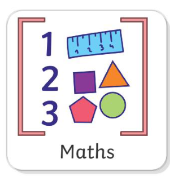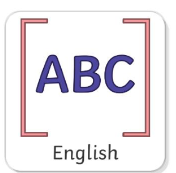Thursday
To be able to add two numbers by making 10 first and adding the remainder.
Start by looking at Master 1 from yesterday.
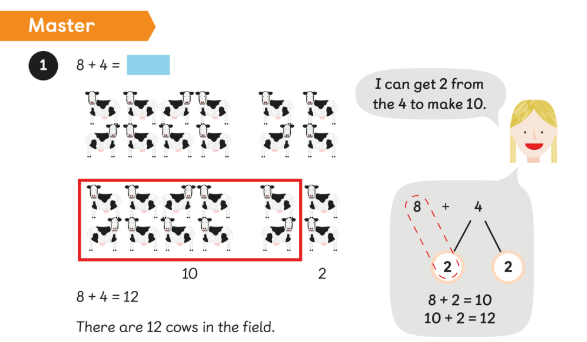
Use the 20 frame to generate 2 single digit numbers to add together. Model how a number can be made up of parts to help us create number bonds like in the Master picture. Repeat as necessary.
Ten Frame | Manipulatives | Coolmath4Kids
Let's learn:
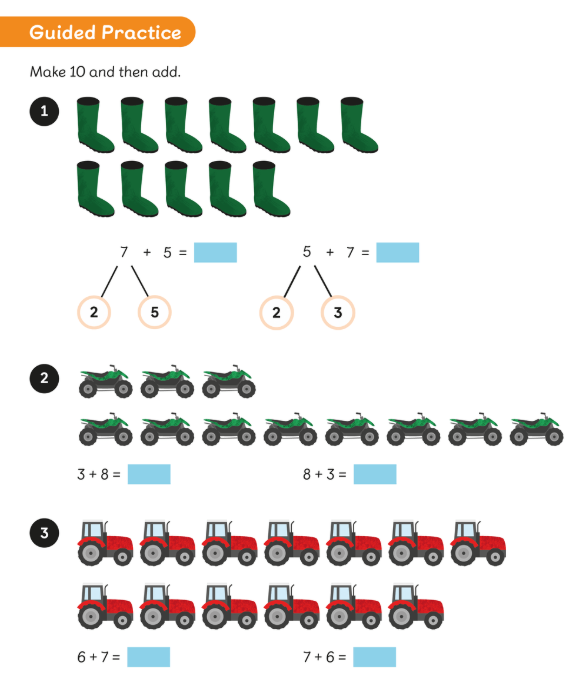
Now complete page 110 - 112.
Grammar
To add s to words.
We are going to add the correct words to these sentences.
Remember if there are more than one, what does the word need to have on the end?
The classroom has lots of.....
I need five ..... to make a cake.
In my pencil case, I have four red ....
Develop and demonstrate their understanding of character through answering who, what, why, where, when and how questions.
Read up to....
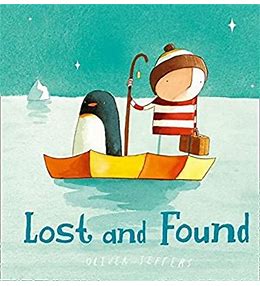 Discuss in your talk partners...
Discuss in your talk partners...
How is the story making you feel?
How do you think the story might end?
Revisit yesterday's learning, today you are going to complete a character profile for the penguin and the boy.
Have we learnt any more about the boy or the penguin from reading more of the story?
Can we express aspects of nature we enjoy?
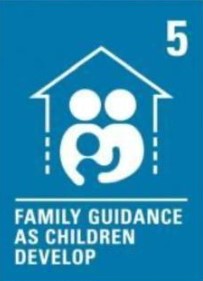
Governments must respect the responsibilities of parents and carers to direct and guide children as they grow up, so they can enjoy their rights properly.
Talk partners
What is nature? What does it mean?
Why is it important?
Do we all have responsibility to care for the natural world?
Have you explored nature with your family? Have you been to the park or beach?
How does being in nature make us feel? Refer back to The Colour Monster and how he feels when he is outside.
We are going to go for a learning walk to the Willow Dome and Peace garden (weather permitting). Have a look for aspects of nature you like to look at.
On Seesaw, draw a picture of something you like in nature or an activity you might do in nature.
Think about what parts of nature we enjoy, could that be splashing in puddles, observational drawings of flowers, listening to the birds, watching animals.
Do we know the difference between an object and a material?
An object is a thing that you can see or touch, but not usually a living plant, animal or person.
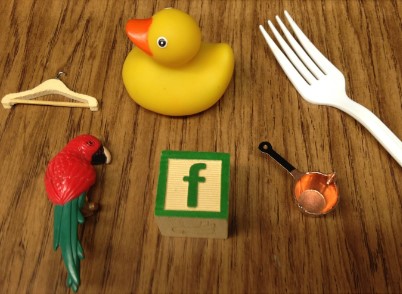
On your table are lots of objects. Discuss in your group what you can see.
A material is what the object is made from.
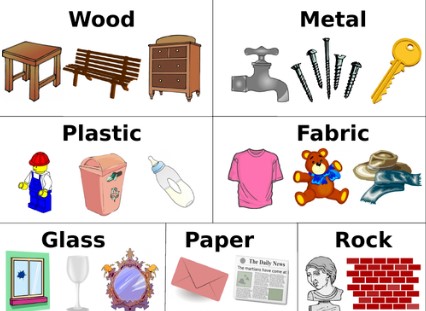
These objects are spoons. What materials are they made from?
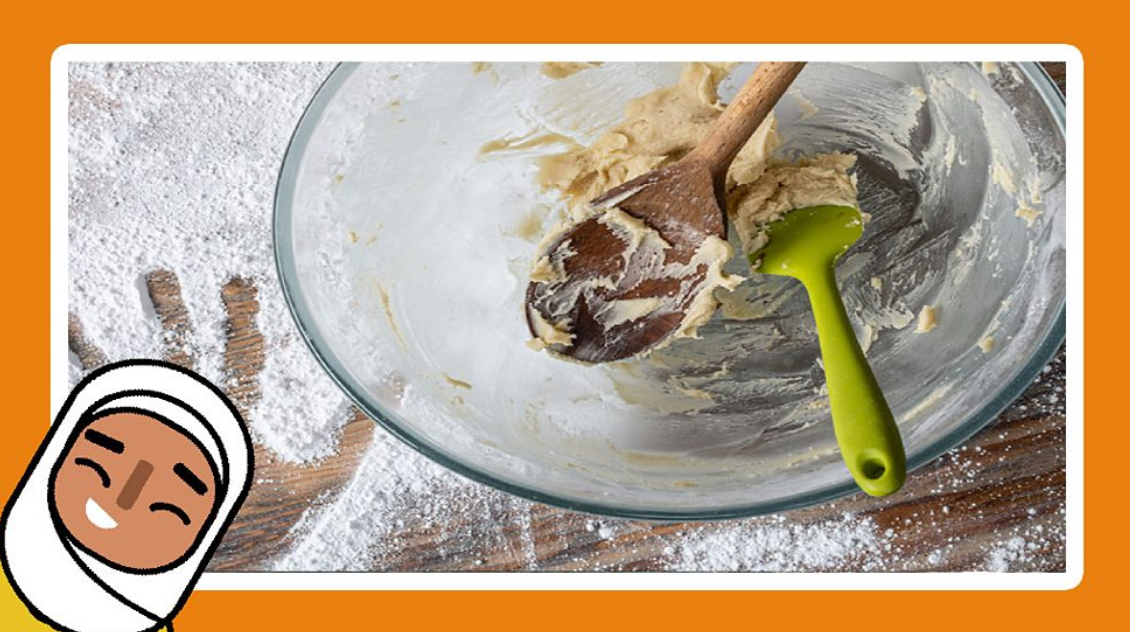
Can you say what is the same and what is different about the next two items?

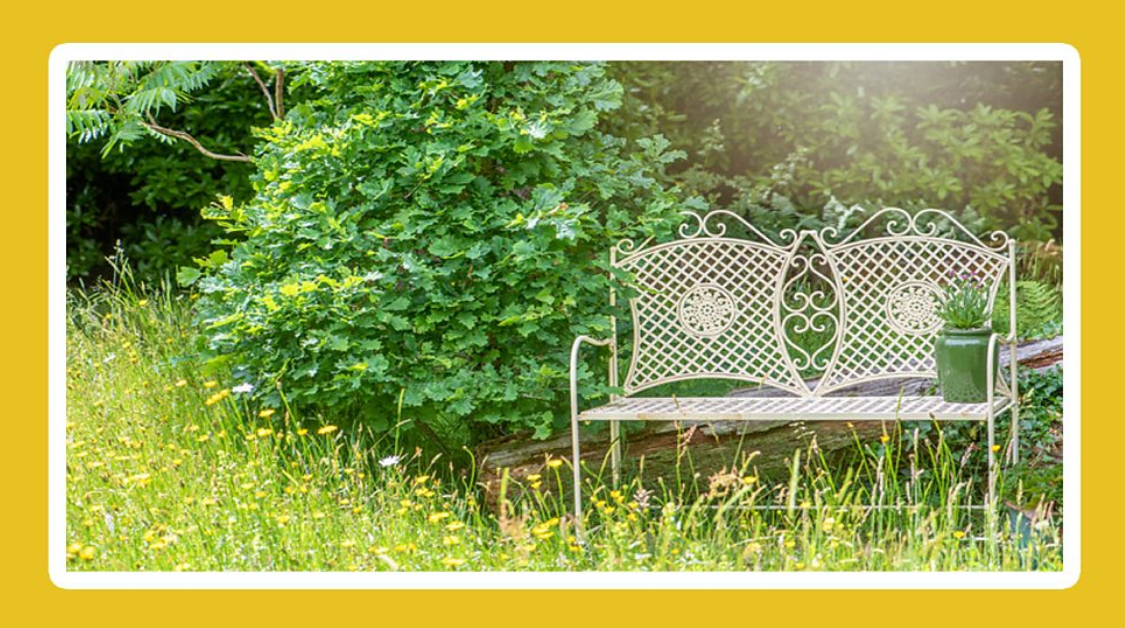
Now use the objects you have on your table to discuss what material you think they are made from.
Here is a word bank to help you fill in the sheet provided to identify objects and materials.
| Objects | Materials |
| car | plastic |
| mugs | clay |
| window | rubber |
| toy duck | glass |
| bands | metal |
| book | paper |

